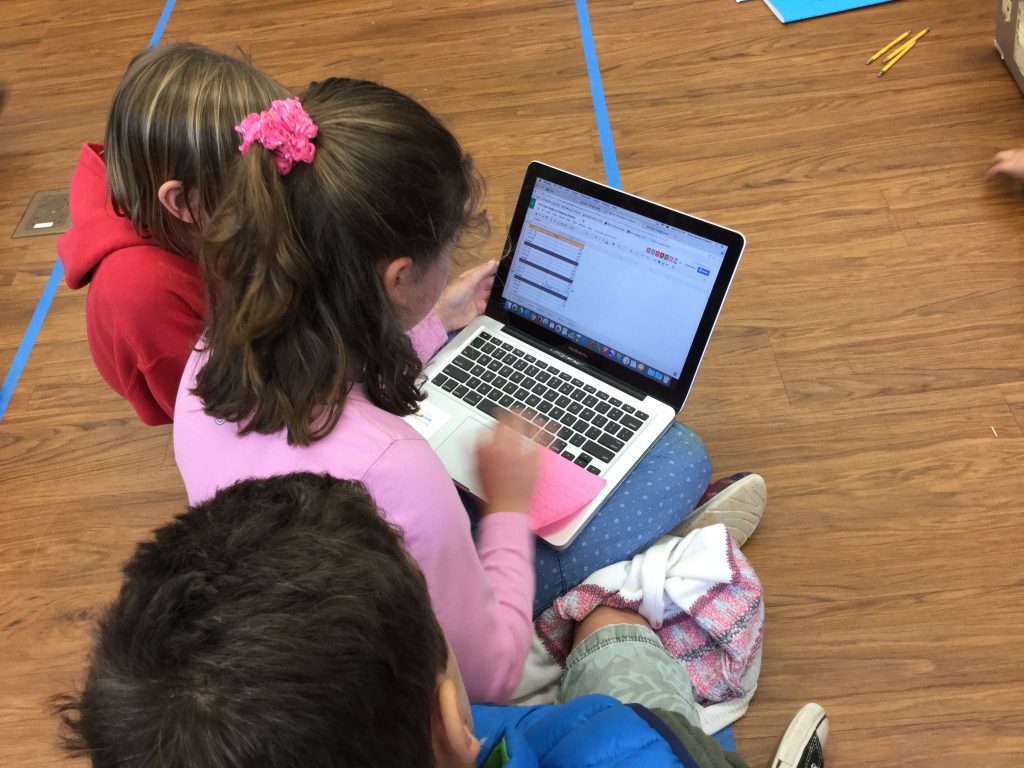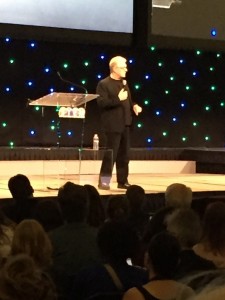Being my 2nd year at CUE I was extremely excited. BUT, I did wonder will there be anything NEW. I have to say, so far, NO HUGE SHOCK more redefining and deepening of understanding. We have started dappling with INTEGRATION being our sole focus for next year’s professional development- completely appropriate in the evolution of teaching at this present moment. WHY is INTEGRATION so important and how is it ONLY getting better you ask?
WHY is INTEGRATION so important?
I attended two different sessions, that couldn’t have been more opposite but realized both had the same message.
My first session was on Makerspaces. Makerspaces can best be described as places were people come to create, invent and learn.(Full Definition and Articles) This movement is exciting and it is the new buzz word, but throughout the presentation they kept sharing how important it is to connect this to the classroom learning and that really this type of learning should be happening in the classrooms. It makes me wonder if this very movement is missing the INTEGRATION memo!! If this is intended to be integrated, why are we creating a separate space- to provide a model? learning is too messy? cost? The concept of INQUIRY teaching is NOT NEW, so how do we support utilizing new tools, new materials and this new emphasis on the engineering process in a FULLY INTEGRATED way because without integration we may open creative doors but we may just create junk!
My second session was on enabling ALL users through the use of technology. His motto, “With Technology, We All Have Super Powers! It is just a matter of unlocking them!” His stories made me cry as he shared how technology opened doors for people with disabilities, but his message was bigger than accessibility for those with learning challenges. He showed just how INTEGRATED and USEFUL technology can be for ALL. They very things that help a student with a reading difficulty can also make it safer for people driving and needing directions read to them . ONCE again how are we INTEGRATING these tools into our classroom to unlock each child’s possibilities, no matter our what our needs, to CREATE, INNOVATE and LEARN. Presenter’s website
THANKFULLY, INTEGRATION is getting better!
With each new model or new app, technology is getting MORE PRECISE, MORE INTEGRATED, and MORE EFFICIENT.
PRECISE: When ALEX (Voiceover reader on iPads) now reads he actually reads a paragraph ahead to be able to read the words and numbers with appropriate meaning.
INTEGRATED: I can now easily move from one app to the next and sync what is happening on one device with many without even thinking about it
EFFICIENT: Because our attention spans are so short, we won’t tolerate anything that takes too long. Companies realize this, so apps are easy to figure out and continually removing any redundancies. One big issue in educational technology is managing the work flow. The big new thing this year is really streamlining this process!!
Thanks for reading my reflection, I promise to post a short list of by favorite tools!







